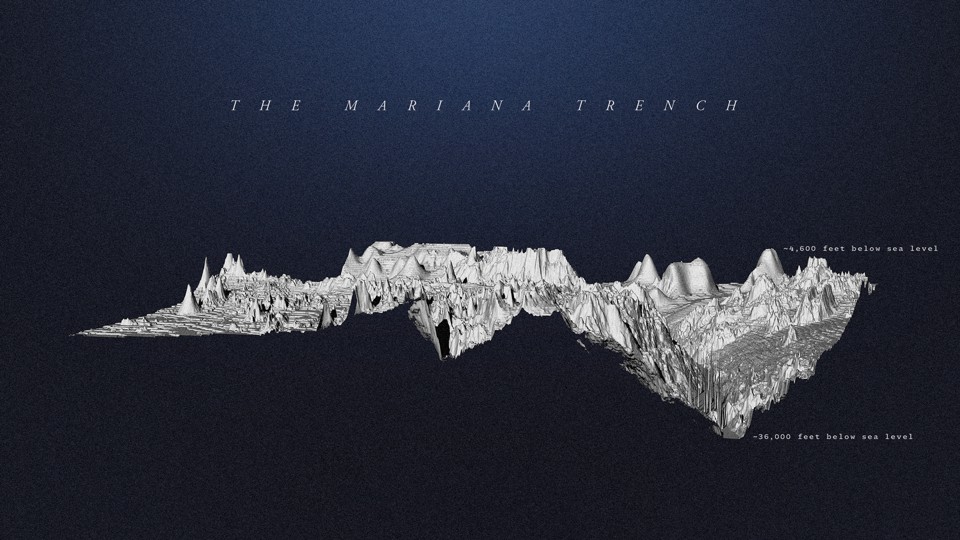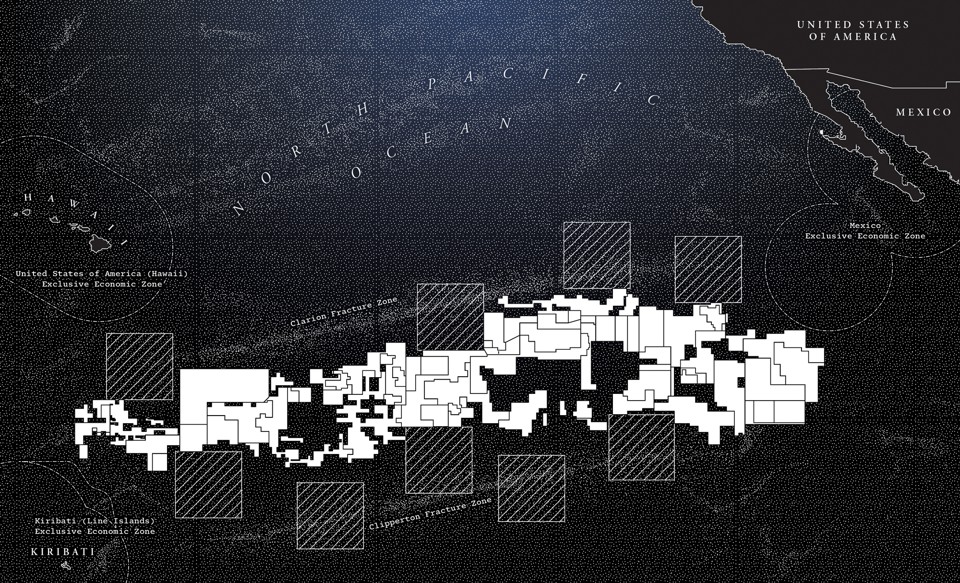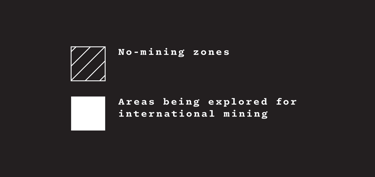WATCH: Intelligent Trees – The Documentary
February 9, 2020
Dorcon Films
Directors: Julia Dordel and Guido Tölke
“Trees talk, know family ties and care for their young? Is this too fantastic to be true? Scientist Suzanne Simard (The University of British Columbia, Canada) and German forester and author Peter Wohlleben have been investigating and observing the communication between trees over decades. And their findings are most astounding.”
Dr. Teresa Ryan, Post Doctoral Research Fellow, Forest and Conservation Sciences, University of British Columbia, Canada, speaks to the relationship of the forests – to salmon. Ryan Smhayetsk was born into the Gitlan tribe of the Tsimshian Nation. Her research is motivated by her Aboriginal Tsimshian heritage and the guidance provided by her Grandfather to become a fisheries scientist.
“‘Intelligent Trees’ features the main observations that are covered in Peter Wohlleben’s book such as the stump that has been kept alive by it’s neighboring trees, the old tree-couple that looks after each other, the Mother Trees that suckle their offspring, etc… Special about this film is, however, that it goes beyond observations and claims, but match them with the latest underlying Forest Science Research.”
[Source] [2016, Running time: 45:09]
https://vimeo.com/341147972
















